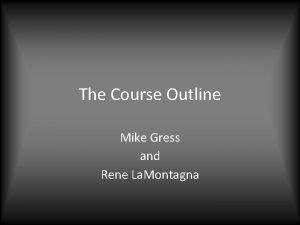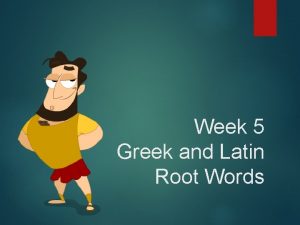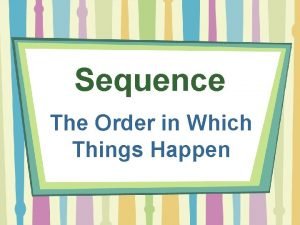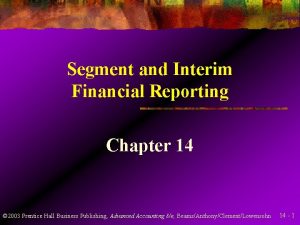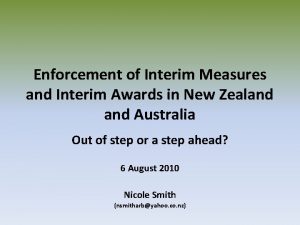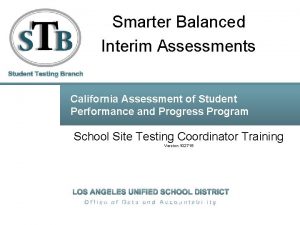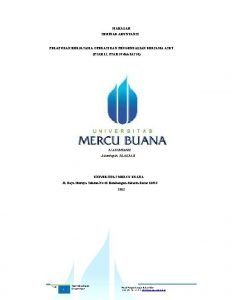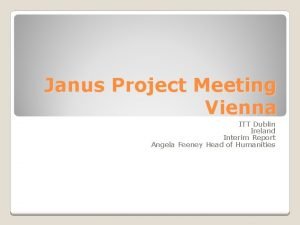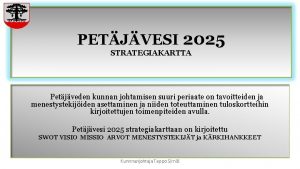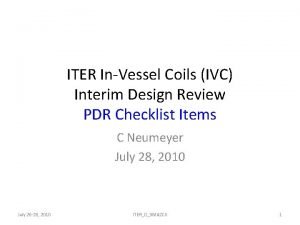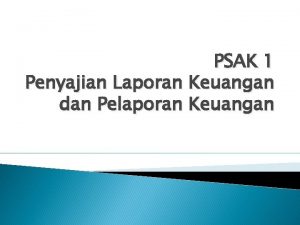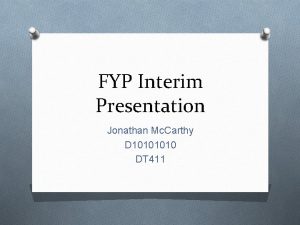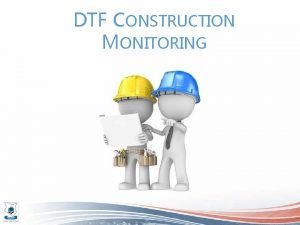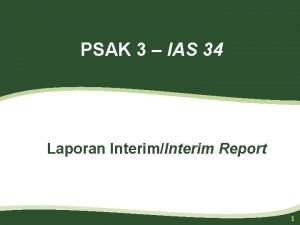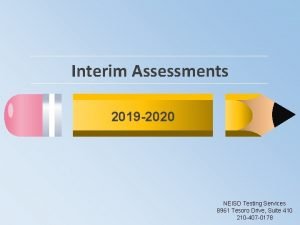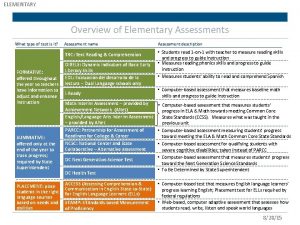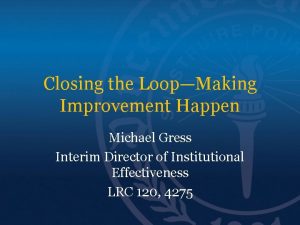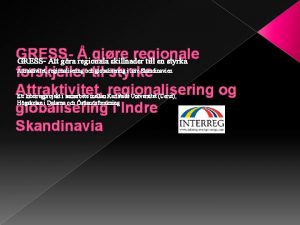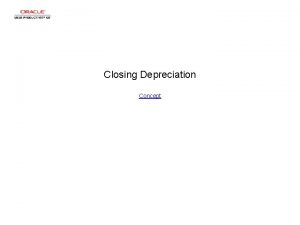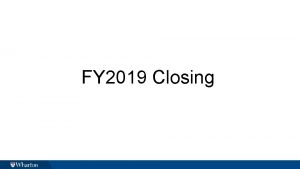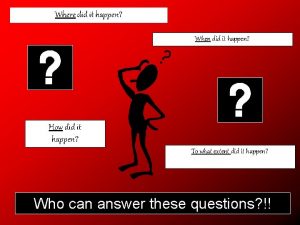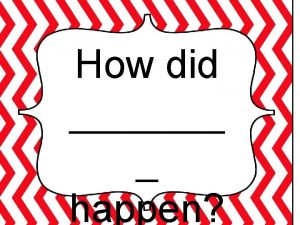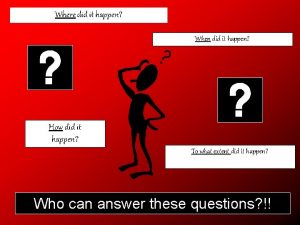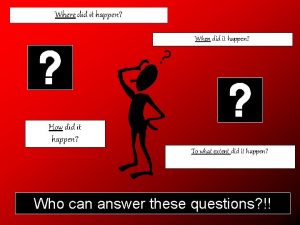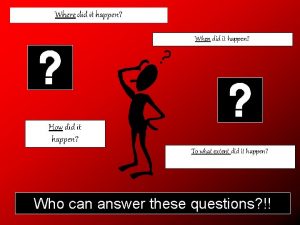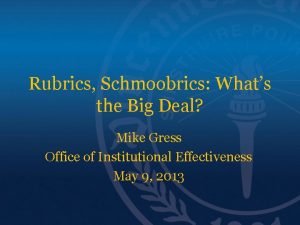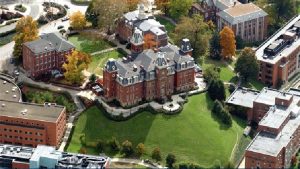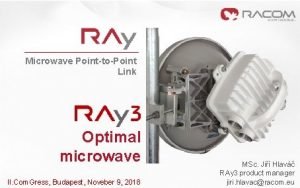Closing the LoopMaking Improvement Happen Michael Gress Interim


















- Slides: 18

Closing the Loop—Making Improvement Happen Michael Gress Interim Director of Institutional Effectiveness LRC 120, 4275

What Is “Closing the Loop”? The final step in the cycle--using the data: • Analyzing the data • Making decisions about action—what are the improvements needed? • Organizing and implementing changes • Planning how to follow-up to check impact of changes, the success or failure of changes

Why the Loop Doesn’t Close Student improvement doesn’t occur because: • Lack of understanding of the purpose of assessment—it’s more than the data! • Limited or poor data to work with • Limited or poor analysis of the data • Mistaken choices about solution • Limited or poor coordination of efforts • Limited or poor plans for follow-up assessments

Some Analysis Questions • What are assumptions about students’ abilities? • What are the students’ weaknesses and strengths? • What is the cause of those weaknesses? • How can you be sure you understand the source of those weaknesses? Do you have multiple pieces of data to support your thinking?

Some Analysis Questions • What actions can you take to improve or strengthen students’ abilities? • How much practice will it take? • What new teaching methods might help? • What new technology might be needed? • What new assessment methods might be needed to check abilities? • Could an outside perspective help?

Collaboration Core assumption: VU instruction and learning is VU instruction and learning • Collaboration between department members and campus or site members is key • Must agree on student strengths, weaknesses, and needs • Must share the decisions • Must share and communicate the plans

Planning the Implementation • Who will manage or coordinate the implementation? • Who will contribute to the implementation of the plan? • What new expertise or professional development might be needed? • What new needs exist for successful implementation?

Planning the Follow-up Check It is key to think ahead and ask now how the new improvement plans can be checked to verify the value and effectiveness • Can the new improvements be checked using existing previous methods or are new assessment methods needed? • Should more data be collected? • Is different data needed? • Can the quality of the data be improved?

Why Close the Loop? • Improved learning • Return on investment after you have worked to collect and analyze data • Strengthened program • Greater integration within the department or between locations—fewer silos of instruction • More collegiality

Why Close the Loop? • • Happier, more successful students Greater retention Happier, more satisfied employers Better accreditation reviews

The Mission and Outcomes Statements Reconsidering the Foundation of an Academic Program’s Improvement Program

Academic Assessment at VU: The Foundation for Improvement Decisions • Academic Program Mission—Identifies the specific purpose of a program and what it hopes to do for students • Program Student Learning Outcomes— 3 to 6 general statements that identify the knowledge, skills, or values that students should possess after completing the program; these should map to course outcomes

Academic Assessment at VU: The Foundation for Improvement Decisions Taken together, the program mission and outcomes identify the special function of the program. The assessment process is intended to measure the effectiveness of the program. Program “effectiveness” is measured in terms of measureable student learning and processes that enable a program to improve student learning when it is below acceptable levels.

Why Revise the Mission or Outcomes Statements? Consider the purpose and implications of events such as: • recent course or program changes • assessment results or advisory committee recommendations that have led to or imply major curriculum changes Consider how expression of the mission might be improved

Why Revise the Mission? Does the Mission: • represent the current or new ideals and values of the program faculty? • accurately state the program’s purpose? • identify the current pedagogies the unit will use to achieve its purpose? • accurately identify the students that the program will serve? • identify what students will be prepared for when they complete the program?

Why Revise the Outcomes Statements? Do the outcomes statements: • describe the knowledge, skills, and values of the ideal graduate of your program? • describe demonstrations, representations, productions, or evaluations, which are activities that can be measured using exams, rubrics or other tools, such as surveys?

Why Revise the Outcomes Statements? Do the outcomes statements: • begin with active verbs from Bloom’s taxonomy, verbs that suggest students’ demonstrations, representations, productions, or evaluations • reflect the core or essential learning collaboratively identified and agreed to by all program faculty?

Why Revise the Outcomes Statements? Do the outcomes statements: • identify the essential, cumulative learning that distinguishes the program and reflects the mission • present a range of cognitive skill levels • employ the verb that reflects the highest level of cognitive skill of multiple possible skill levels
 Gress course
Gress course Words with the root gress
Words with the root gress Jennifer gress
Jennifer gress Things in sequence
Things in sequence Segment and interim reporting chapter 8
Segment and interim reporting chapter 8 Interim award
Interim award Lausd interim assessments
Lausd interim assessments Makalah pelaporan segmen dan interim
Makalah pelaporan segmen dan interim Itt interim
Itt interim Interim-projektijohtaja
Interim-projektijohtaja Interim design review
Interim design review Laporan laba rugi komprehensif
Laporan laba rugi komprehensif Interim life safety measures examples
Interim life safety measures examples Fyp interim report
Fyp interim report Dtf construction
Dtf construction Ias 34 interim financial reporting
Ias 34 interim financial reporting Mary kelly interim
Mary kelly interim Staar interim assessments 2019-2020
Staar interim assessments 2019-2020 Anet interim assessments
Anet interim assessments
